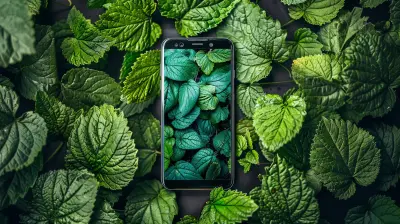How to Use Teleconverters to Extend Your Lens’s Reach
29 June 2025
Introduction
Ever felt frustrated because your lens just couldn’t zoom in close enough to capture that perfect shot? Whether you're photographing birds in the wild, capturing sports action from the stands, or shooting distant landscapes, sometimes your lens just doesn’t have the reach you need.
That’s where teleconverters come in. These handy little devices can extend the effective focal length of your lens without the need to buy an expensive super-telephoto lens. But are they all sunshine and rainbows? Or do they come with trade-offs? Let's dive deep into the world of teleconverters to see when, why, and how you should use them. 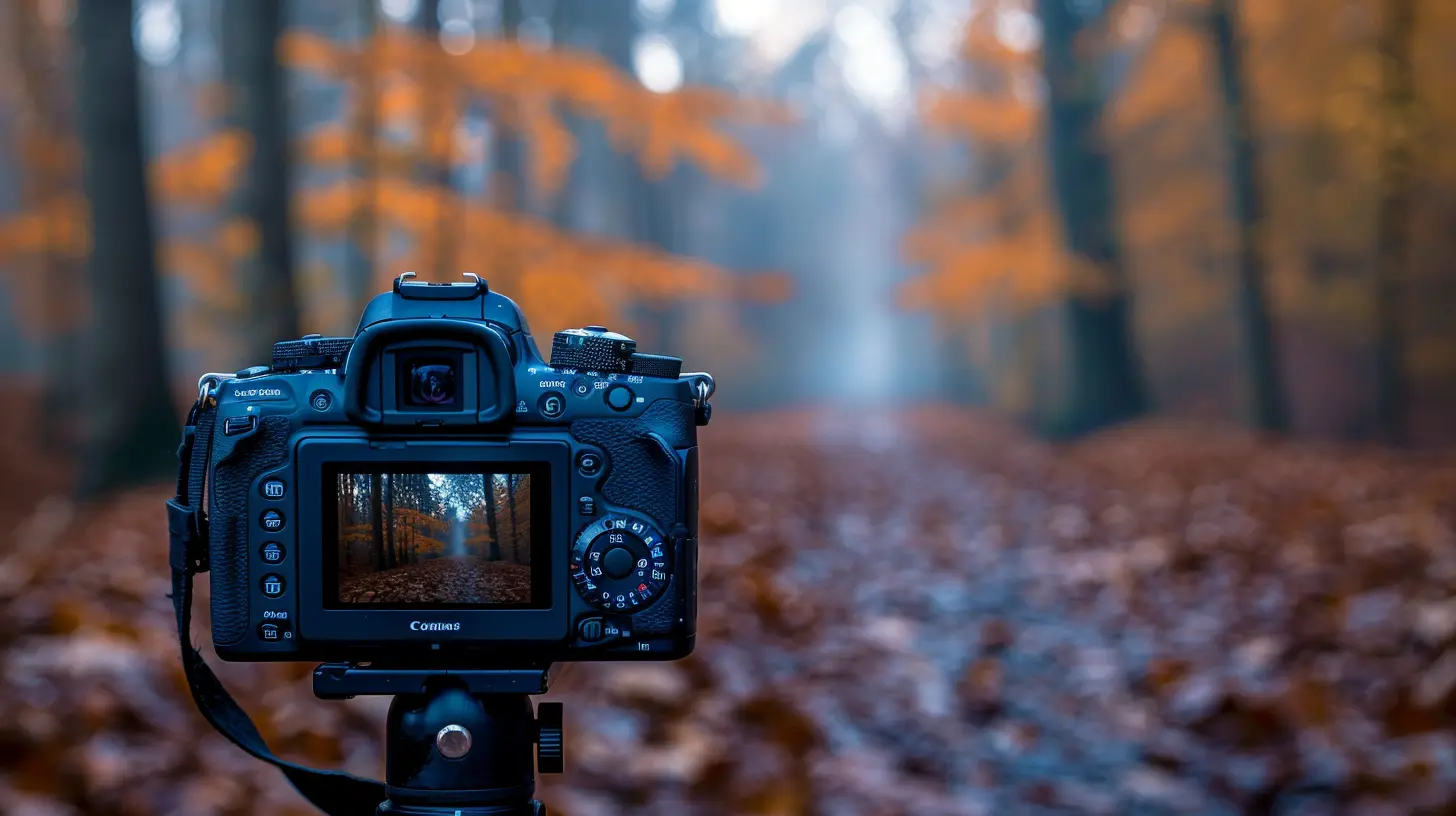
What Is a Teleconverter?
A teleconverter (also called an extender) is a secondary optical accessory that fits between your camera body and lens. It multiplies the focal length of your lens, effectively bringing distant subjects closer. They typically come in 1.4x, 1.7x, or 2x magnifications, meaning:- A 1.4x teleconverter increases your focal length by 40% (e.g., a 200mm lens becomes a 280mm).
- A 1.7x teleconverter boosts it by 70% (e.g., a 200mm becomes 340mm).
- A 2x teleconverter doubles your focal length (e.g., a 200mm turns into a whopping 400mm).
Sounds like magic, right? But, of course, there's a catch (or a few). 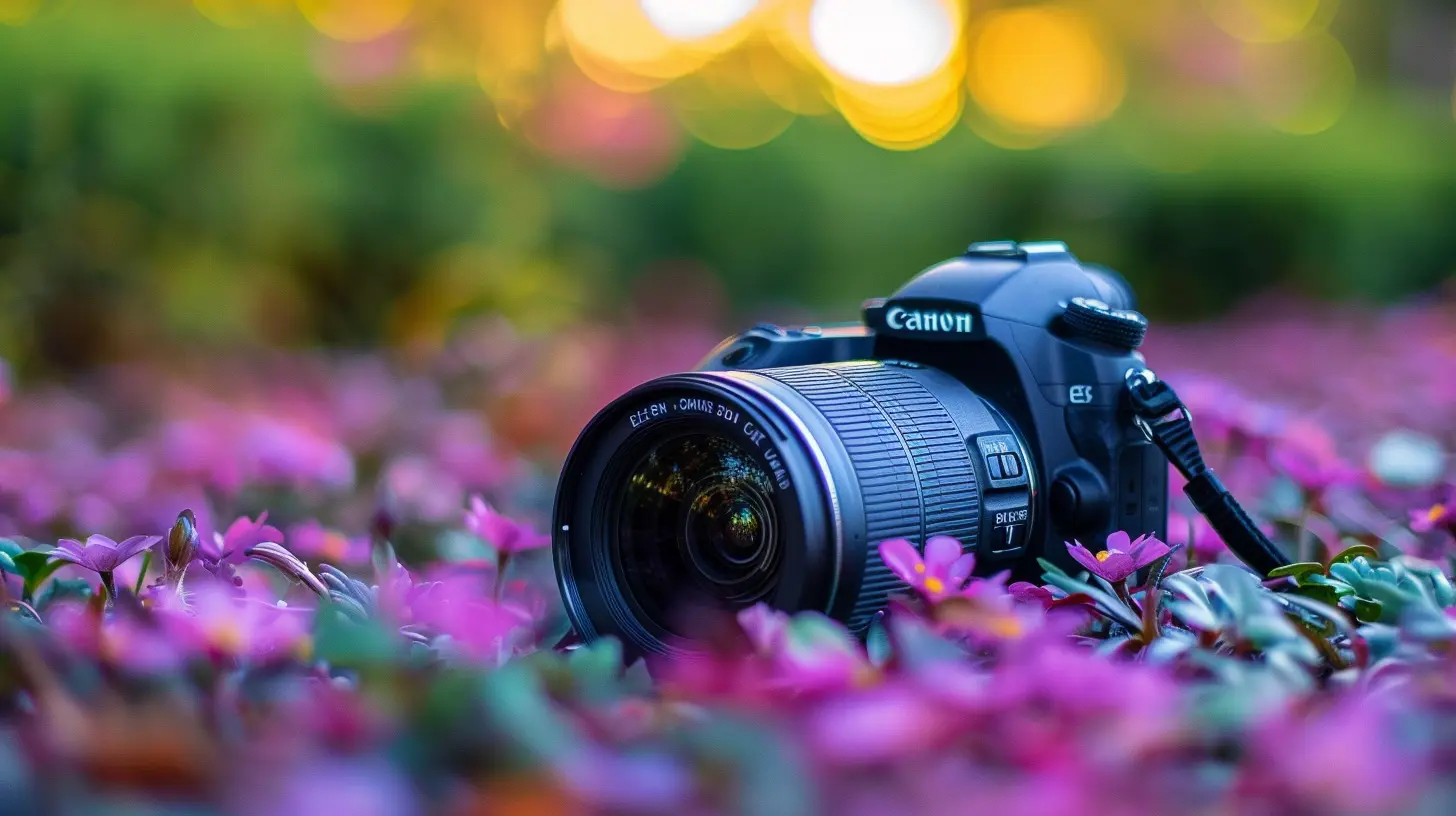
The Pros and Cons of Teleconverters
✅ Advantages of Using a Teleconverter
1. Increased Reach Without the CostA good telephoto lens can cost thousands, but a teleconverter is a fraction of that price. If you already own a long lens, a teleconverter is a budget-friendly way to get closer to your subject.
2. Compact and Lightweight
Carrying a 600mm lens is no joke—it’s bulky and heavy. A teleconverter, on the other hand, is lightweight and takes up minimal space in your camera bag.
3. Maintains Autofocus and Image Stabilization
Unlike cropping in post-processing (which reduces resolution), teleconverters keep your camera’s autofocus and image stabilization systems functional—though with some limitations.
❌ Disadvantages of Using a Teleconverter
1. Loss of Light (Aperture Reduction)The biggest downside? You lose light. A 1.4x teleconverter reduces light by one stop, a 1.7x by 1.5 stops, and a 2x by two full stops. That means:
- A f/2.8 lens becomes f/4 with a 1.4x
- A f/4 lens becomes f/5.6 with a 1.4x
- A f/2.8 lens turns into f/5.6 with a 2x teleconverter
This reduction can make it difficult to shoot in low-light conditions.
2. Decrease in Image Quality
More glass elements mean more chances for distortion, softness, and chromatic aberrations. Cheaper teleconverters amplify these problems, so investing in high-quality converters is crucial.
3. Slower Autofocus Performance
Because less light reaches the camera sensor, autofocus tends to be slower and, in some cases, completely disabled if the effective aperture gets too small (e.g., f/8 or smaller on some cameras).
4. Not Compatible with Every Lens
Many telephoto lenses support teleconverters, but wide-angle and standard zoom lenses? Not so much. Some lenses, especially third-party ones, may not work properly with teleconverters.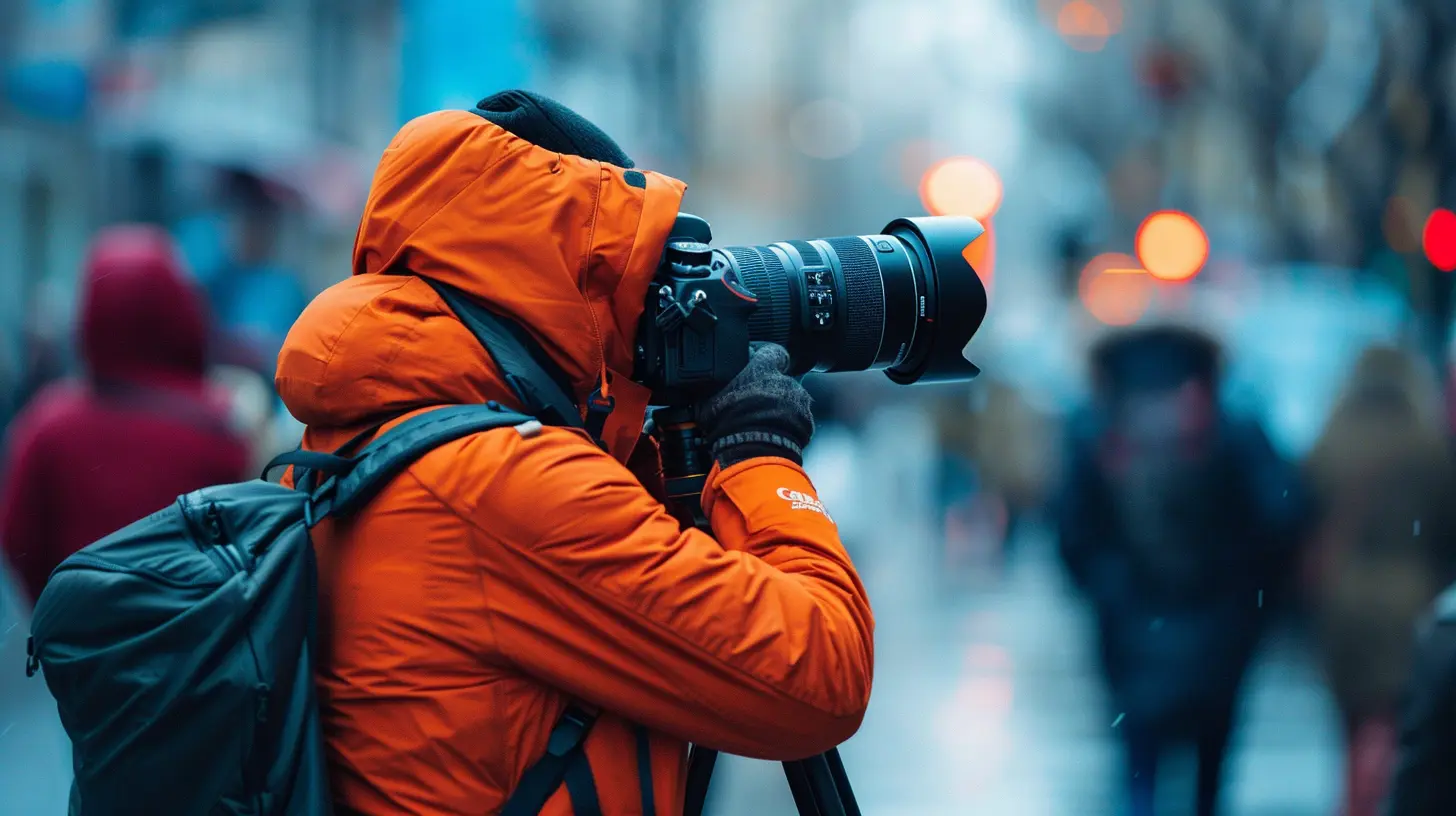
How to Use a Teleconverter Effectively
✅ 1. Choose the Right Teleconverter for Your Lens
Not all teleconverters are created equal. Some lenses are made specifically to work with them, while others won't focus properly. Check your camera manufacturer's recommendations to ensure compatibility.✅ 2. Use a Fast Lens When Possible
Since teleconverters reduce the maximum aperture, starting with a fast lens (like an f/2.8 or f/4) ensures you maintain a reasonable f-stop even after adding the converter.✅ 3. Increase ISO (But Not Too Much!)
Because you’re losing light, you might need to bump up your ISO to maintain a fast shutter speed—especially in lower light conditions. However, pushing ISO too high can introduce noise, so find a balance.✅ 4. Use a Tripod or Monopod
Longer focal lengths magnify camera shake, so using a tripod or monopod can help stabilize your shots, especially in lower shutter speeds.✅ 5. Fine-Tune Autofocus and Consider Manual Focus
If your autofocus becomes unreliable, manually fine-tuning focus might be your best option. Some professional photographers rely on focus peaking or live view zooming to ensure sharp focus.✅ 6. Shoot With a Higher Shutter Speed
The longer the focal length, the more prone your photos are to motion blur. A good rule of thumb: Use a shutter speed at least equal to your focal length in millimeters. For example, if you're using a 400mm focal length, aim for 1/400s or faster.✅ 7. Stop Down the Aperture for Sharper Images
Wide-open apertures with a teleconverter can lead to softness. Stopping down one or two stops (e.g., from f/5.6 to f/8) can significantly improve sharpness.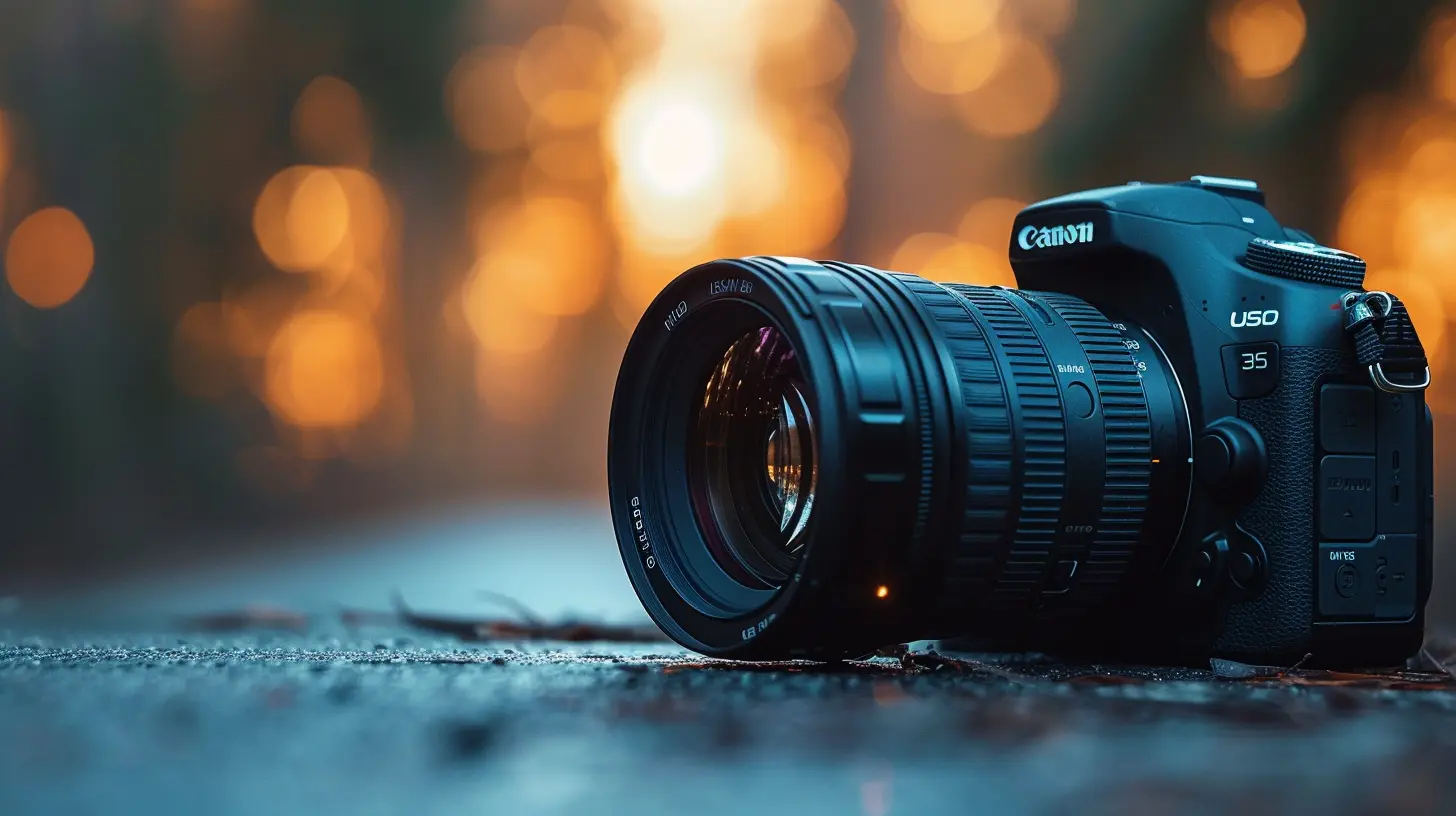
When Should You Use (or Avoid) a Teleconverter?
📌 Ideal Scenarios for Using a Teleconverter
- Wildlife Photography – You can’t always get close to animals, making a teleconverter a lifesaver.- Bird Photography – Birds are small and hard to approach, so extra reach is a must.
- Sports Photography – From the stands, a teleconverter helps capture action from afar.
- Astrophotography – Extending focal length can help frame distant celestial objects.
🚫 Situations Where Teleconverters Might Not Work Well
- Low-Light Conditions – Because of the light loss, shooting in dim environments can be problematic.- Fast-Moving Subjects – Slower autofocus means you may not be able to track quick subjects.
- Portraits and General Photography – A teleconverter is usually unnecessary unless trying to isolate subjects from a distance.
Frequently Asked Questions
❓ Can You Use a Teleconverter on a Zoom Lens?
Yes, but with limitations. Many consumer-grade zoom lenses don’t work well with teleconverters due to slower apertures and autofocus issues. High-end zooms with a constant f/2.8 aperture are more compatible.❓ Do Teleconverters Work With Mirrorless Cameras?
Absolutely! Many modern camera brands, such as Sony, Canon, and Nikon, have specific teleconverters designed for their mirrorless lens lineups.❓ Can You Stack Multiple Teleconverters?
Technically, yes—but it’s not recommended. Stacking teleconverters amplifies sharpness loss, autofocus lag, and light reduction. A 1.4x + 2x turns a 200mm lens into a 560mm f/8 lens, making it nearly unusable in many situations.Conclusion
Teleconverters are an excellent way to extend your lens’s reach without breaking the bank, but they come with trade-offs. They reduce light, impact autofocus, and slightly degrade image quality. However, when used properly—with a fast lens, good lighting conditions, and proper technique—they can be an invaluable tool in a photographer’s kit.So, is a teleconverter right for you? If you need more reach but can't afford a super-telephoto lens, then absolutely. Just be mindful of the downsides and plan accordingly to get the best possible shots.
all images in this post were generated using AI tools
Category:
Camera GearAuthor:

Marcus Gray
Discussion
rate this article
1 comments
Quorra Davis
Great tips! Using teleconverters effectively can significantly enhance your lens's versatility and performance.
July 6, 2025 at 4:04 AM

Marcus Gray
Thank you! I'm glad you found the tips helpful. Teleconverters truly can open up new possibilities for your photography!
